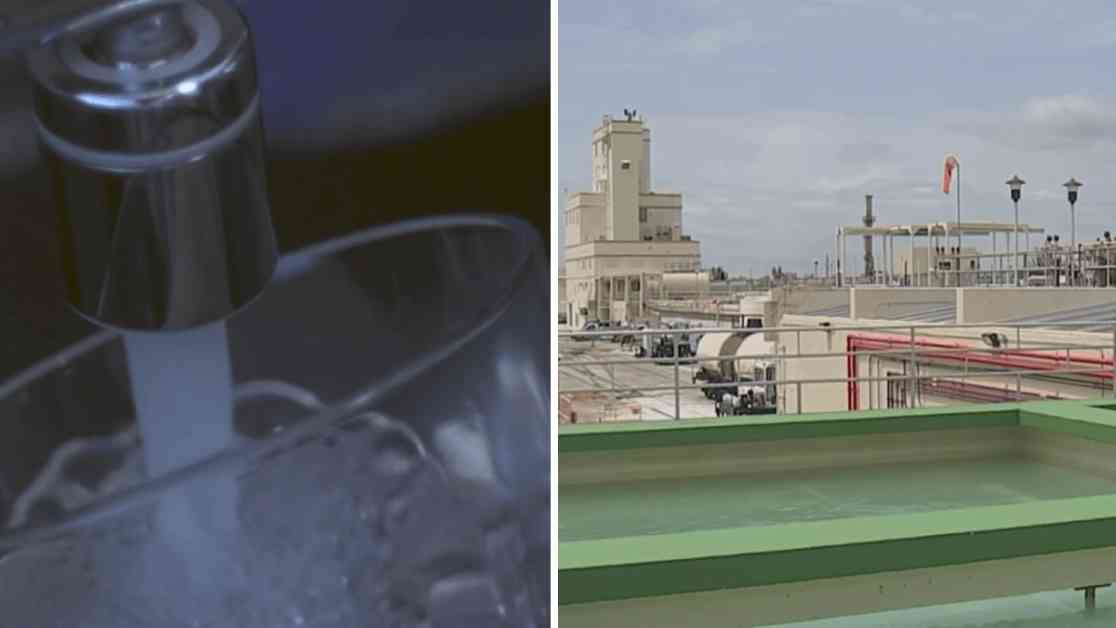Water is essential for life, and the quality of the water we drink is crucial for our health and well-being. In Miami-Dade County, the Alexander Orr Water Treatment Facility plays a vital role in ensuring that the water supplied to homes is safe, clear, and drinkable for the 2.3 million people it serves.
The process of making water drinkable starts when water is pumped from the aquifer to the treatment facility. Lime is added as the first step to help soften the water, purify it, and eliminate cloudiness. This is followed by the use of disinfectants like chlorine and ammonia to create chloramine, which protects the water against bacteria. The water then goes through a series of filters to remove any remaining chemicals.
Before the water is distributed to homes, fluoride and a compound to reduce corrosion in pipes are added. This is important because corroded pipes can lead to bacteria, heavy metals, and chemicals leaching into the water. To ensure that the water meets safety standards, microbiologists and chemists conduct around 320,000 analyses of water samples each year. These tests check for contaminants regulated by the Environmental Protection Agency to ensure that the water is safe to drink.
Water districts are required to publish an annual drinking water quality report, which provides a snapshot of the water quality and contamination levels. This report is available online and distributed through the mail to residents. By providing this information, water districts aim to promote transparency and ensure that consumers are aware of the quality of the water they are drinking.
Overall, the process of making water drinkable at the Alexander Orr Water Treatment Facility involves multiple steps and rigorous testing to ensure that the water supplied to homes in Miami-Dade County is of the highest quality. With the dedication of professionals like Roy Coley, the Director of the Miami-Dade Water and Sewer Department, residents can have confidence in the tap water they drink every day.


